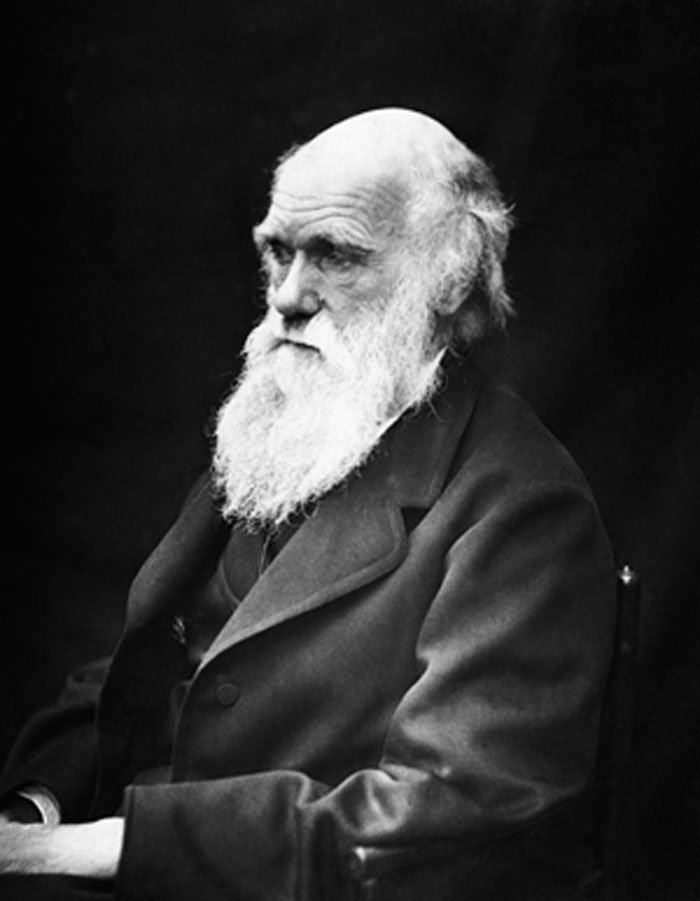The Theory of Religious Evolution and the Common Theory of Evolution
Although evolution theory approaches have always been used to describe developments in the history of religion, their use has increased recently, often in combination with new insights from the cognitive sciences. However, the theory of religious evolution is no mere copy or successor of the socio-cultural theory of evolution, since evolutionary mechanisms of variation, selection, and re-stabilization of the religious always happen inside the emerging and self-reproductive system of religion. Similarly, socio-cultural evolution is not identical with biological evolution. At the same time, religious evolution is a homomorphism of general socio-cultural evolution, which, in turn, is homomorphous to organic evolution. This becomes obvious by the structural analogies between socio-cultural and biologic semiosis. A homomorphism describes structural analogies, but no identities. However, many approaches of a theory of religious evolution reduce religion to a mental-cognitive or biological function.

In contrast, the theory to be developed in this project takes into account the differences of evolutionary layers of the physical, organic, mental, and social (Kauffman 2008). These layers are results of evolutionary emergence and therefore irreducible in their own structures. If religion is understood as a socio-cultural system of meaning, it cannot be entirely reduced to mental or even organic, or, in fact, physical processes. The theory to be developed does not deny these as environmental correlates of religious evolution, but the emergence of religion is understood as a genuine and irreducible socio-cultural fact with its own structures. This perspective includes the interaction of religion with its social, mental, organic, and physical environments. However, interaction requires differentiation. In a theory of religious evolution developed out of religious studies, other social as well as mental, organic, and physical processes become part of religious functioning, because religion addresses these processes qua extrinsic reference and gives them religious meaning. Religion offers its socio-cultural and mental environments meaning, which can be absorbed through learning and processed individually: for example, mentally, as religious experience; or politically, legally, or economically, as a legitimizing resource for respective procedures.
In order to take the differentiation and the homomorphism of the evolutionary layers into account, the project utilizes Luhmann’s approach of system theory, which has become quite popular in the research of religion recently. The approach of system theory in Luhmann’s sense draws on the assumption that objects of research possess certain characteristics which justify using the notion of system; and that the notion itself serves to distill facts which, under this consideration, are comparable to each other and other facts as similar/unsimilar („daß es Forschungsgegenstände gibt, die Merkmale aufweisen, die es rechtfertigen, den Systembegriff anzuwenden; so wie umgekehrt dieser Begriff dazu dient, Sachverhalte herauszuabstrahieren, die unter diesem Gesichtspunkt miteinander und mit andersartigen Sachverhalten auf gleich/ungleich hin vergleichbar sind“, Luhmann 1984: 16). From the perspective of system theory, it is possible to consider the increase as well as the reduction of complexity within religious evolution and its interaction with environment. On the one hand, complexity increases by systemic differentiation; on the other hand, systems operate – as does religion – by differing between inside/outside, between a system and its environment, and thus by interrupting interdependencies as instances that regulate complexity. The system theory approach is highly appropriate for this research project because it identifies religion as a standardized object without de-historicizing or essentializing it. From the perspective of system theory, religion is a unit, changing and emerging out of differences and relations.
One of the biggest challenges a theory of religious evolution faces is to reconstruct the differentiation of religion in the process of societal differentiation without applying a distinct and consistent concept of religion for every stage of religious evolution. Thus, what is called for is a consistent historicization of religion („Historisierung von Religion“ Bergunder 2011: 20) as well as the communication of contemporary systematic insights out of the research of religion by way of the history of religion (Rüpke 2007, 2014). In order to meet these demands, the method of a ‘retrospective genealogy’ (German: ‚retrospektiven Genealogie‘) is applied, as Reinhard Schulze (2015) demonstrates with a look at the history of Islam. In this way, a certain circularity between present and past is presented which can, however, be transformed into a spiral of realization. The distinction of the adjective ‘religious’ and its nominalization and the noun ‘religion’ (Strausberg) helps in this endeavor, as do the opposites sacred/profane, transcendent/immanent, and religious/secular (Schulze 2015: 124-147). These distinctions are not to be understood as successions – in the sense of superseding stages, as predominately assumed by older approaches in the research of religion – but as complexity-raising overlaps.
Literature
- Barbieri, Marcello (ed.) (2007): Introduction to Biosemiotics. The New Biological Synthesis. Dordrecht: Springer.
- Bergunder, Michael (2011): „Was ist Religion?: Kulturwissenschaftliche Überlegungen zum Gegenstand der Religionswissenschaft“, in: Zeitschrift für Religionswissenschaft, 19, ½, 3–55.
- Favareau, Donald (ed.) (2010): Essential Readings in Biosemiotics. Anthology and Commentary (Biosemiotics, 3). Dordrecht, New York: Springer.
- Kauffman, Stuart A. (2008): Reinventing the Sacred. A New View of Science, Reason and Religion. New York: Basic Books.
- Luhmann, Niklas (1984): Soziale Systeme. Grundriß einer allgemeinen Theorie (Suhrkamp Taschenbuch Wissenschaft, 666). 1. Aufl. Frankfurt a.M.: Suhrkamp.
- Portin, Petter (2015): „A Comparison of Biological and Cultural Evolution“, in: Journal of Genetics, 94, Nr. 1, 155–168.
- Rüpke, Jörg (2007): Historische Religionswissenschaft. Eine Einführung (Religionswissenschaft heute, 5). Stuttgart: Kohlhammer.
- Schulze, Reinhard (2015): Der Koran und die Genealogie des Islam (Schwabe interdisziplinär, 6). Basel: Schwabe Verlag.
- Stausberg, Michael (2010): „Distinctions, Differentiations, Ontology, and Non-humans in Theories of Religion“, in: Method & Theory in the Study of Religion, 22, Nr. 4, 354–374.
- Winter, K. Willem de (1984): „Biological and Cultural Evolution: Different Manifestations of the Same Principle. A Systems-Theoretical Approach“, in: Journal of Human Evolution, 13, Nr. 1, 61–70.

